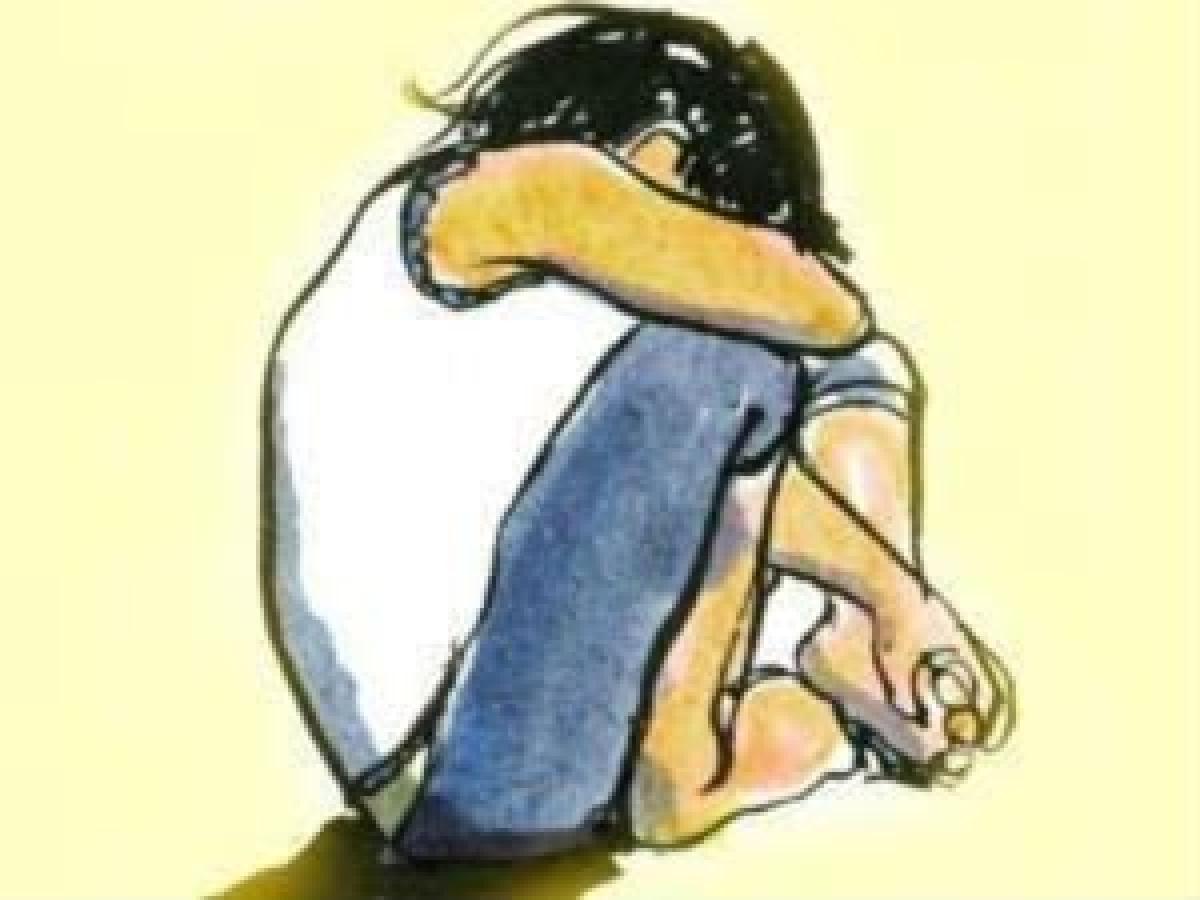Live
- RG Kar protest: Junior doctors to render medical services, carry out hunger strike in parallel
- Traffic Violators Counseled by Nagarkurnool Police
- Bathukamma Celebrations at Government Boys Junior College
- I Will Stand by the Mudiraj Community - MLA Dr. Rajesh Reddy
- Mission Bhagiratha DEE Hemalatha Distributes Certificates to Water Assistants in Achampet
- Elderly Man Dies Suddenly at Bus Stand
- DMK MP Wilson's conduct a threat to judicial impartiality and independence: BJP
- Lightning strikes claim nearly 300 lives in Bangladesh
- Haryana polls: Sohna records highest voting at 68.6 pc, Gurgaon registers lowest turnout
- Multiple attacks in Syria result in casualties
Just In

Four years after the December 16, 2012, gang-rape of a physiotherapy student that India knows as Nirbhaya, the administrative overhaul promised is fading, according to our investigation of the reform process that was to make women in India\'s capital safer.
Four years after the December 16, 2012, gang-rape of a physiotherapy student that India knows as Nirbhaya, the administrative overhaul promised is fading, according to our investigation of the reform process that was to make women in India's capital safer. One of the important changes to the law recommended by the Verma Commission tasked with reforms post Nirbhaya was that female officers should record crimes against women and handle their statements.
Since that meant more female officers, the government had to allow the hiring of more women, so that they fill 33 per cent of what are called “non-gazetted” ranks, from constable to sub-inspector. That approval came in March 2015. There has been some progress: the female constabulary of the Delhi police grew from 3,572 in 2011 to 4,582 in 2015, according to the Data on Police organisations reports 2011-2015 of the Bureau of Police Research and Development (BPRD).
But women are less than 9 per cent of the Delhi Police and 6.4 per cent of the police force nationwide, according to 2015 BPRD data. Training on “gender-sensitivity” has been slow, although police officers said there has been progress. Gender-sensitisation programmes aim to bring in help-desks staffed by women, training in schools, neighbourhoods and ensuring the police immediately resistor crimes against women, said Sharma.
In terms of crimes against women, none of this has helped. Rapes reported have tripled. Better reporting or more rapes? Rapes reported in Delhi have increased 200 per cent since 2012, the year Nirbhaya was raped, setting in motion mass protests, political promises and efforts at reform. A comparison of Delhi police reports from 2014 and 2015 revealed a rise in the rape cases withdrawn, from 81 to 104, possibly indicating a lack of faith in the criminal-justice system, especially as cases fail judicial scrutiny.
Growing violence in a city of 18 million people and 866 women for every 1,000 males may be inevitable, but it is clear the police need to do more to protect women. Women help desks are working, but many question quality of help. The Nirbhaya Fund, started in 2013, was to fund other measures, according to a report to the Lok Sabha, including helplines, hiring professional counsellors for police stations (Rs 6.2 crore) and a building (Rs 23.5 crore) to house a special unit to address crimes against women and children.
Also, Rs 322 crore was set aside for the nationwide emergency response project in 114 cities and crime-prone districts, but three years after approval, bidding for the project continues, according to a 2015-16 report the latest available from the union ministry of home affairs. While Delhi already has a helpline, the new system was supposed to be an universal emergency response for women in distress.
While the special unit has its building, there are four helplines available for women in distress: The police control room (100), an anti-stalking helpline (1091), another to report obscenity (1096) and yet another (181) to help women in distress. Complaints to these helplines declined 21 per cent from 74,944 in 2014 to 58,956 in 2015, according to an answer in the Rajya Sabha in 2015. A senior police officer, requesting anonymity, summed it up rather well: “While the contours of the (reforms) policy seem exemplary, at the implementation level, it has slowed down badly….in other words, failed.”
By Manisha Chachra

© 2024 Hyderabad Media House Limited/The Hans India. All rights reserved. Powered by hocalwire.com







